With contrast marks.
A natural-colored silver salve with a plate featuring a curved, angled profile that results in edges on the rim, which displays a series of fine moldings, and three claw-shaped feet, each with a band at the ankle joint and finished to resemble animal skin. The hallmarks present place the piece in Salamanca during the period when Juan Montero (whose hallmark was used from 1759 onward) was an authentic assayer, and it is attributed to a goldsmith (FZ). Juan Ignacio Montero was a goldsmith and assayer, and the hallmark seen here appears to originate from extant works dating from 1759 to 1779, such as a reliquary from the parish church of San Lorenzo in Segovia (made by Manuel Cardeñosa, dated 1767). We know that he held the position of assayer in Salamanca between 1758 and 1781 and remained active until 1779. He used a hallmark that included dates, although sometimes the same hallmark was used for several years. Regarding the goldsmith, experts suggest that the hallmark could belong to Antonio Fernández Clemente (c. 1708–1766) or his son of the same name. It is interesting to note that three similar examples of this particular type of tray (so named because of the claws on which it rests) are known: one with the marks of Juan Montero, made by C. Aillón (reproduced in Enciclopedia de la plata española y virreinal americana, Asociación Española de Joyeros, Plateros y Relojeros, 1984; pages 200 and 398 – illustration 1058 –) and another, also from the 18th century, held in a private collection.
Weight: 1182 grams. Dimensions: 34.5 x 34.5 x 7 cm






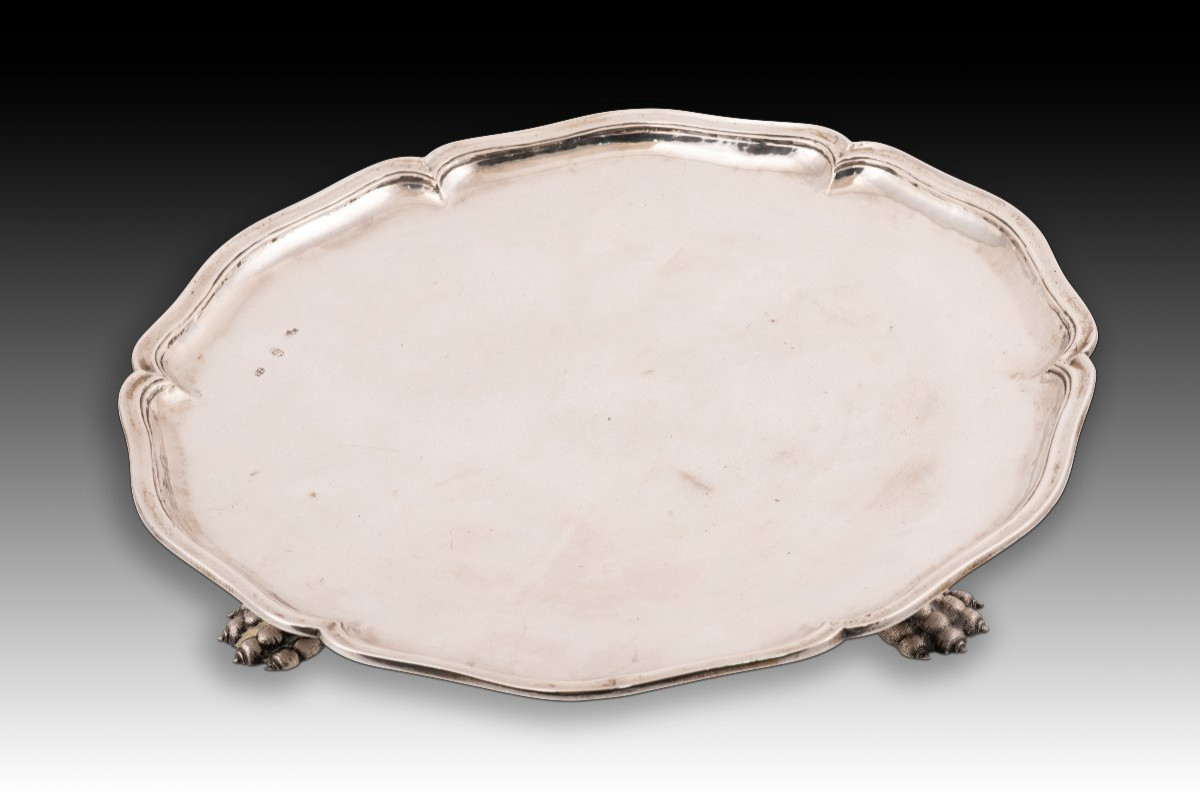
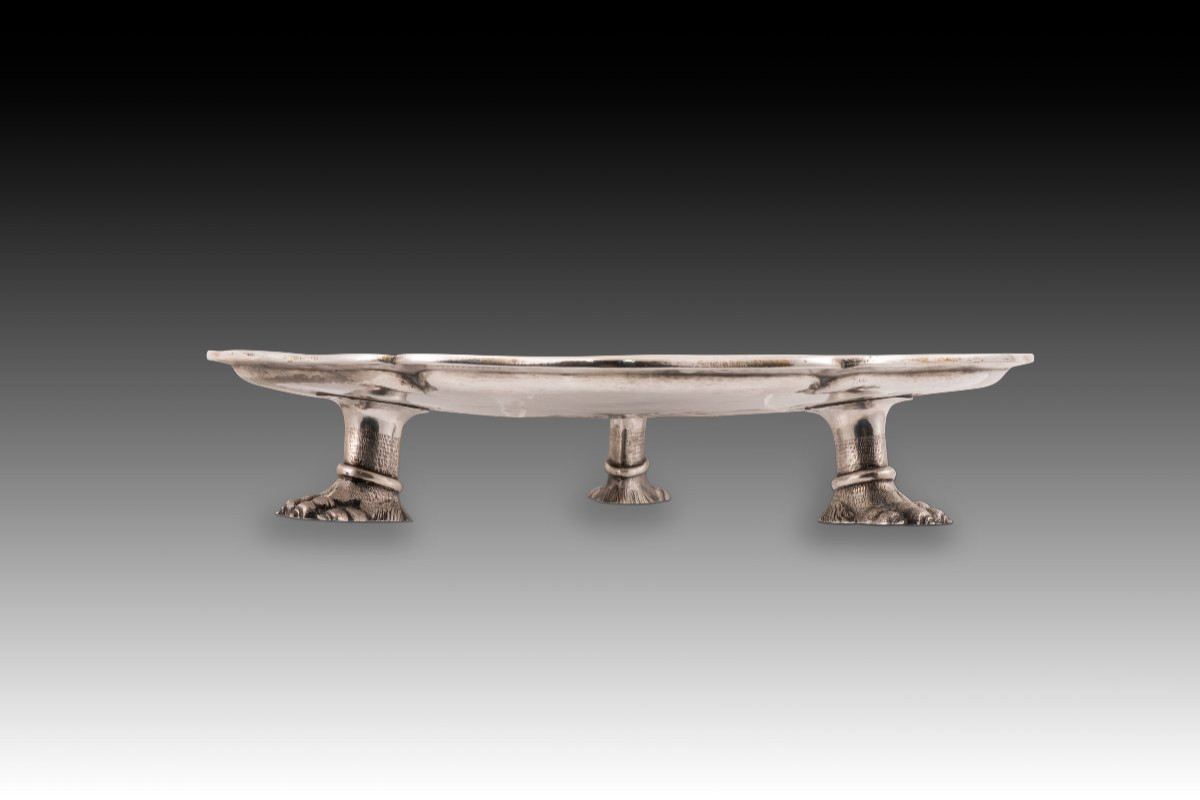

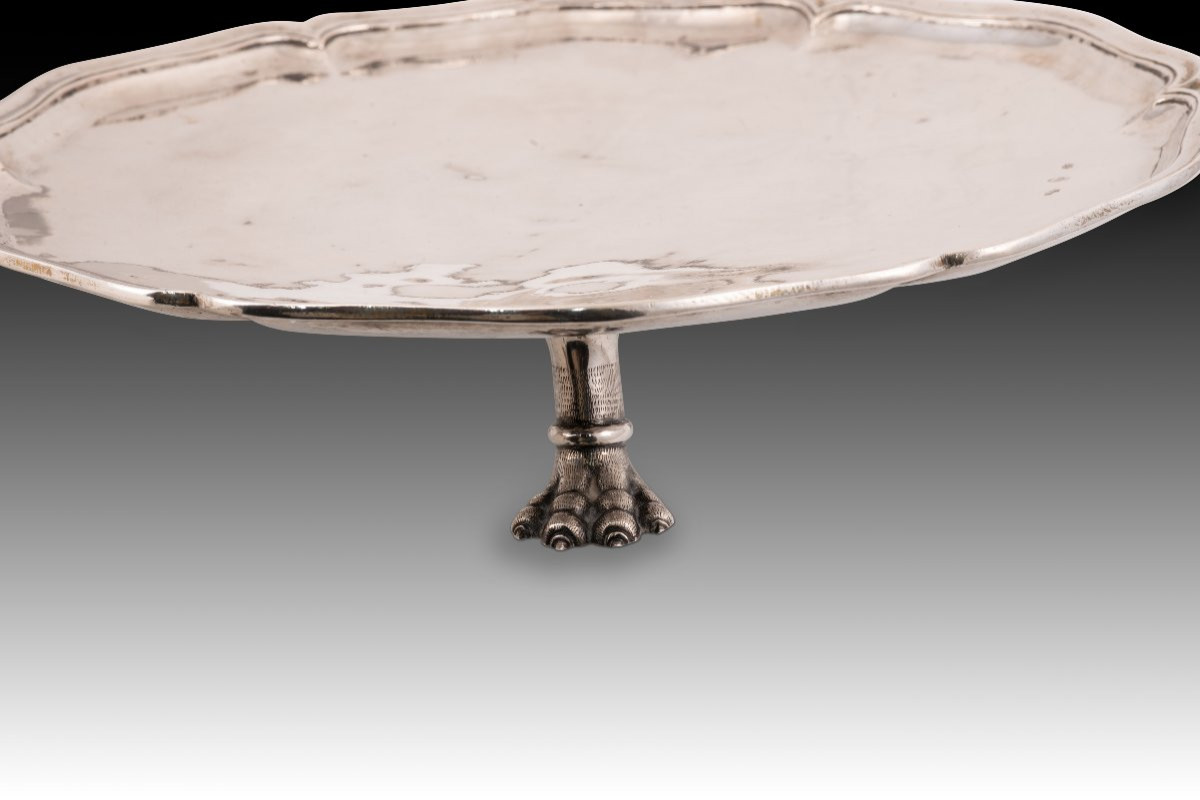
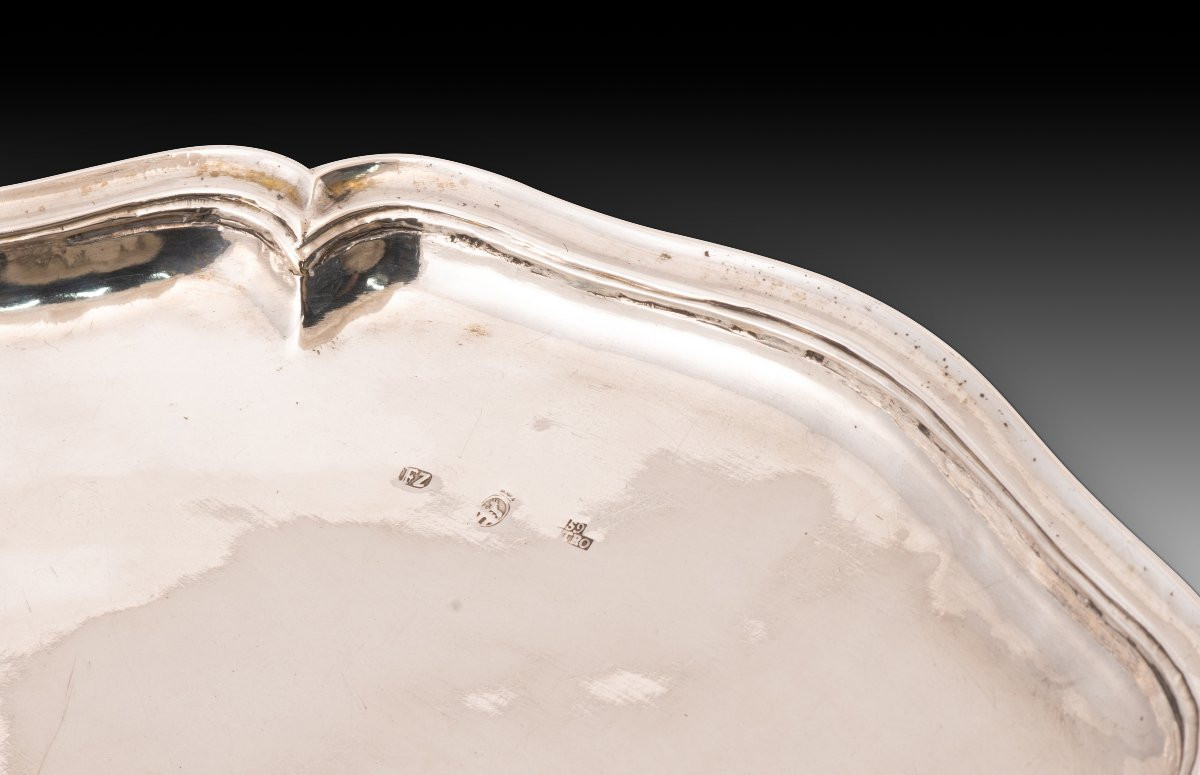
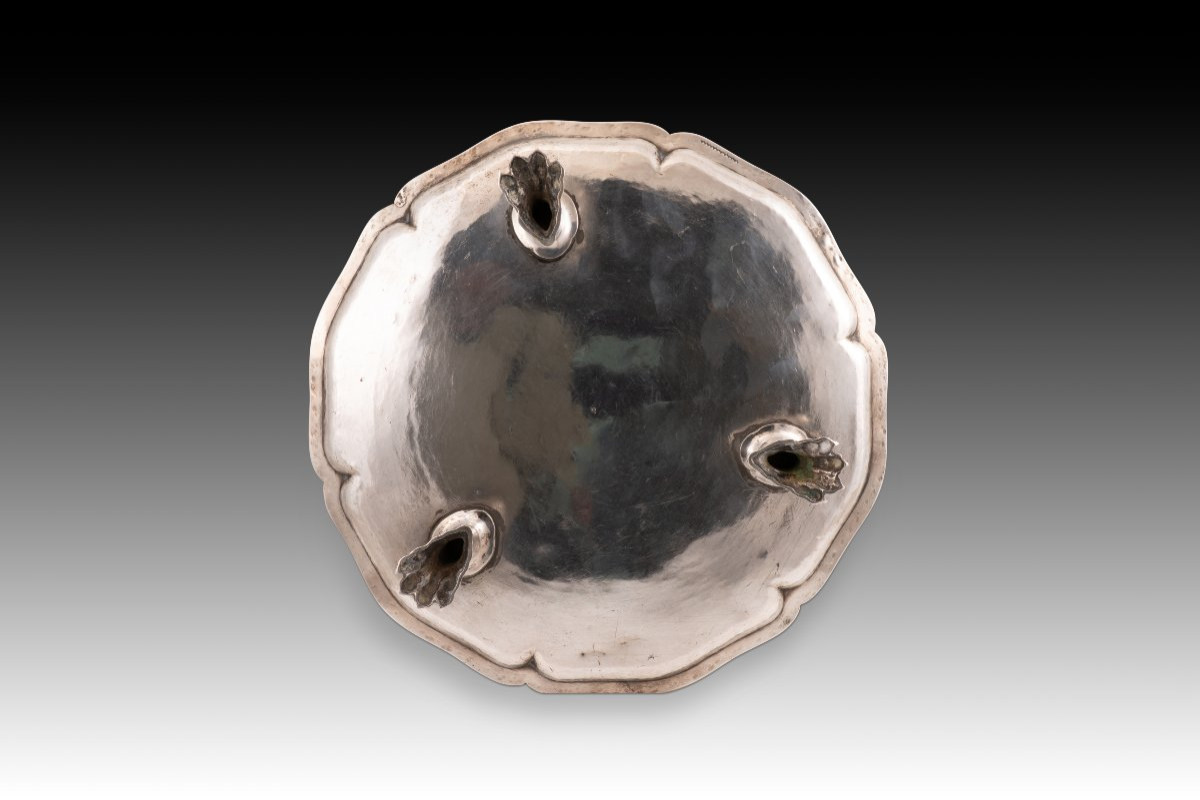

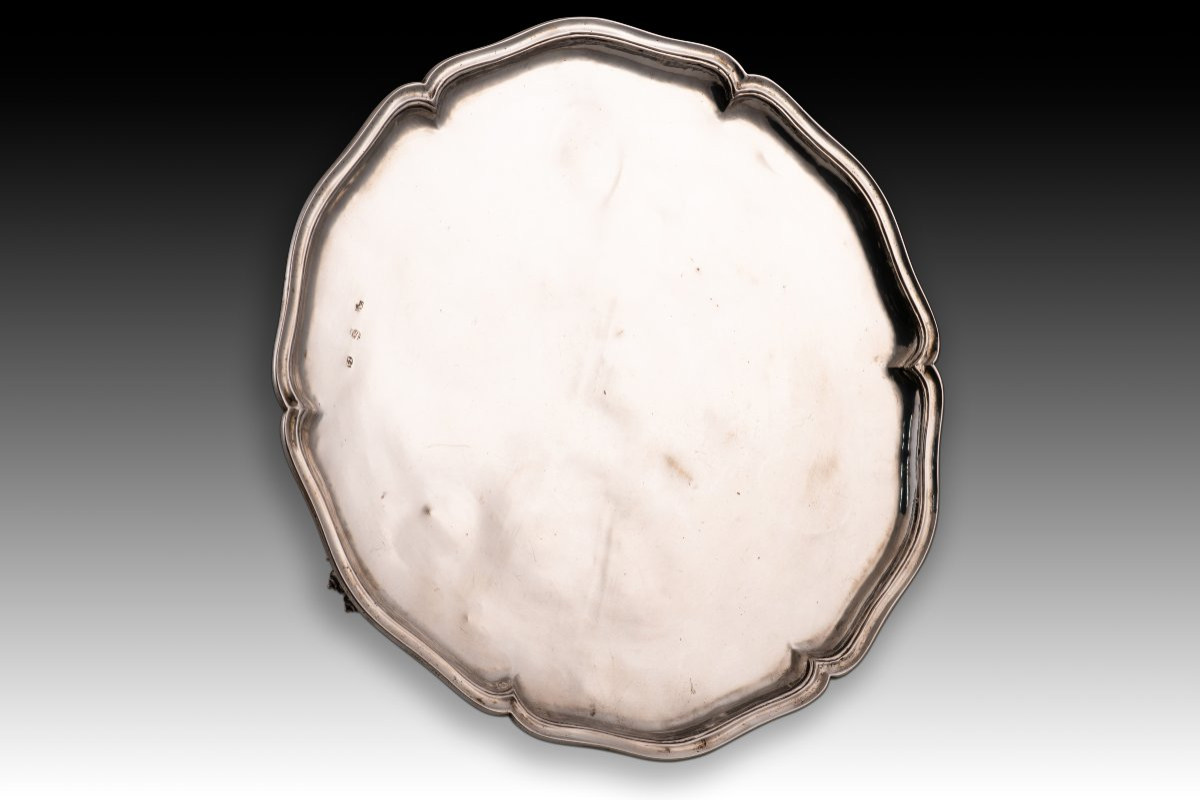
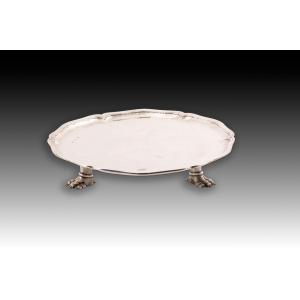













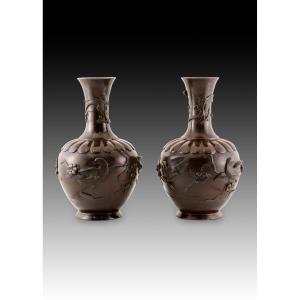







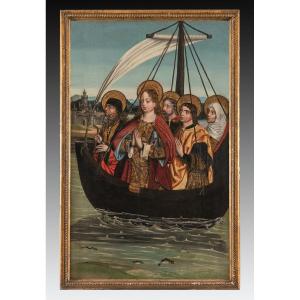





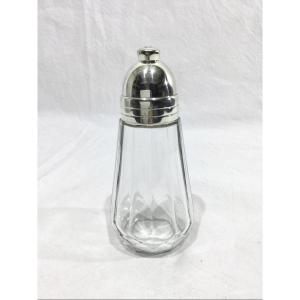

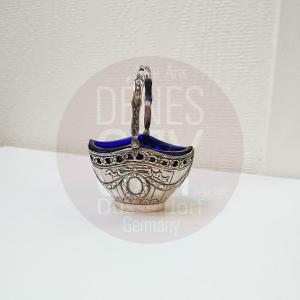





 Le Magazine de PROANTIC
Le Magazine de PROANTIC TRÉSORS Magazine
TRÉSORS Magazine Rivista Artiquariato
Rivista Artiquariato